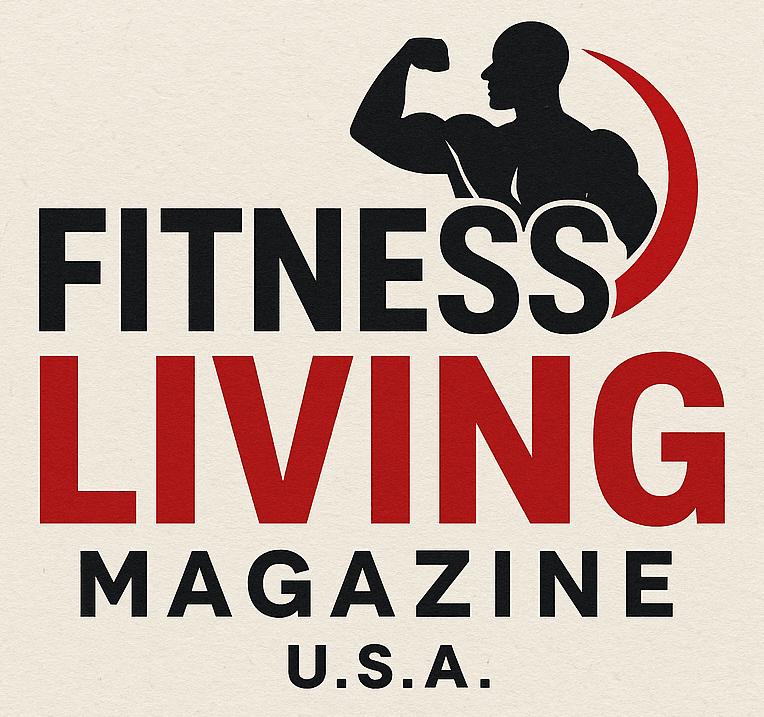
Understanding the Risks: Why Common Exercises Can Harm Your Body
As a gym owner or fitness trainer, you may regularly encourage your clients to push their limits in the pursuit of physical strength. Yet, the recent scrutiny surrounding basic exercises should ignite a deeper discussion about safety in fitness routines. In the video titled "3 Exercises that DESTROY Your Body ($100,000 Surgery Risk)", critical insights are shared regarding three widely used exercises that could pose serious health threats if performed incorrectly.
In "3 Exercises that DESTROY Your Body ($100,000 Surgery Risk)", the discussion dives into the surprising dangers of common workout routines, and we’re breaking down its key insights while adding our own perspective.
The Dangers of the Upright Row: A Hidden Injury Risk
The upright row, often a staple in strength training for shoulders, has been found to carry alarming risks. As described in the video, this exercise forces the upper arm bone upwards into the shoulder joint, leading to potentially catastrophic injuries over time. It’s easy to see why lifters might not feel the consequences immediately—after all, the burn in your traps can be misleading. This sensation can obscure significant internal damage occurring, like tendons being pinched or frayed within the shoulder joint.
Instead, trainers can offer safer alternatives, such as dumbbell lateral raises. This simple adjustment targets the same muscle groups without subjecting the shoulders to dangerous internal collisions. It allows trainers to maintain effective workout routines while prioritizing long-term joint health.
Bench Dips: The 'Harmless' Killer
Another exercise that surprisingly harbors risks is the bench dip. While it may appear innocuous, the mechanics involved in this movement stretch the shoulder joint to its limit. As demonstrated in the video, this exercise places significant strain on the frontal shoulder tissues, leading to a gradual accumulation of micro-damage that can result in chronic pain and possibly debilitating injuries.
Consider recommending the closed-grip push-up as a safer option. This variant not only targets the triceps effectively but reduces the risk factors associated with bench dips, thus offering a way to keep clients’ fitness regimes both productive and injury-free.
Red Flags of Dumbbell Pullovers
Lastly, the dumbbell pullover also deserves a moment of caution. This widely practiced exercise appears to deliver the desired benefits, but it can impose severe stress on both the shoulders and the lower back. The video highlights that the mechanics of lowering a heavy weight behind your head can lead to spinal disc issues and overstretched shoulder ligaments.
To preserve mobility and prevent painful injuries, trainers can introduce the single-arm dumbbell row as a replacement. This movement engages the back and shoulder muscles effectively without compromising joint integrity or spinal alignment.
Building Awareness: A Trainer's Responsibility
For fitness professionals, the responsibility extends beyond guiding clients through exercises; it includes educating them about safe practices in their physical activities. The trends in fitness often shift rapidly, but current insights indicate that several commonly accepted exercises harbor latent dangers.
By creating a culture of safety and using biomechanics to inform choices, trainers can reduce injury risks. This approach not only enhances the training experience but also fosters a longer, injury-free workout journey for gym-goers.
Conclusion: Prioritizing Safety Over Short-term Gains
Emphasizing injury prevention shows a commitment to your clients' well-being while maintaining their interest in physical fitness. If you’re in the fitness industry, it’s time to reconsider which exercises might be sabotaging your clients' health and stop recommending those that could cause lasting damage. Knowledge is power, and transforming workout routines based on informed choices means your clients can not only lift more weights but do so while protecting their bodies. Encourage them to abandon these dangerous exercises and embrace safer alternatives for a lifetime of fitness.
To explore further ways to optimize your training methods while safeguarding your clients, consider clicking on this insightful link or subscribing for more valuable tips that prioritize body safety in fitness.
 Add Row
Add Row  Add
Add 



Write A Comment